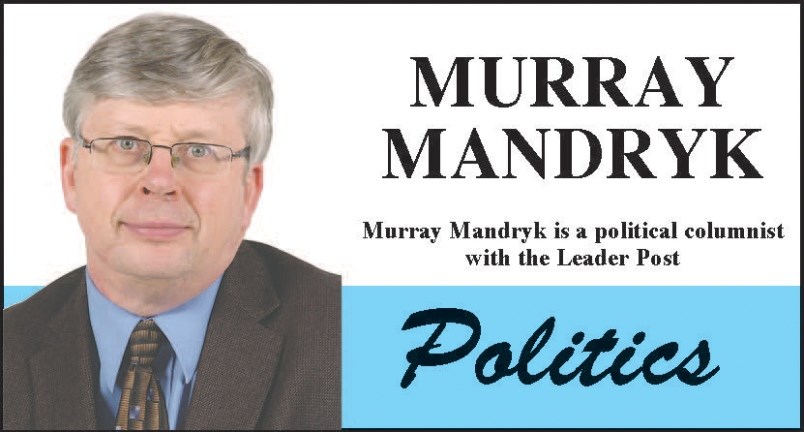A 32-percentage point lead less than two months before an election should mean that the Saskatchewan Party has little to worry about.
As for the rest of us, that might be another matter.
This is in not necessarily a condemnation of the government’ performance and it is in way meant to suggest voters are ever wrongheaded in their choice.
Voters in a democracy are always right and the Saskatchewan voters don’t exactly dish out four-term mandates easily. Should Premier Scott Moe and the Sask. Party win on Oct. 26, it will be only the fourth time we have seen a four-term government in this province’s 115-year history.
But we need to keep in mind that the collective voter choice is always about who is best to run government - not necessarily the perfect choice for government.
And Saskatchewan’s political history has been defined by long-serving administration who benefitted from no viable alternative at the time - evidently, the situation we are now seeing with a weak NDP alternative.
After this province joined confederation in 1905, it was all about the Liberal government that was not threated by one single viable alternative for the first 25 to 30 years.
That was followed by the rise of the Tommy Douglas and the Co-operative Commonwealth Federation (CCF) that benefit from Conservatives and Liberals splitting the centre-right vote.
The CCF’s NDP successors led by Allan Blakeney then Roy Romanow and Lorne Calvert then enjoyed this benefit right up until the rise of the Sask. Party in 2007.
That leads us to today where the Sask. Party under Brad Wall and now Moe have secured large majority governments and record general election popular votes because the NDP have largely been in political shambles and seemingly incapable of offering policies voters here can trust.
It’s a problem with our the first-past-the-post system that means that when you can only muster about a third of the electorate’s support - the current situation for now Ryan Meili-led NDP - it translates into only getting a quarter to a fifth of the seats in the legislature.
That leaves the government with a big mandate to do pretty much anything it wants, which brings us to Finance Minister Donna Harpauer’s recent admission her government is unlikely to provide a balanced budget until 2024-25 when the next four-year term of office comes to an end.
Credit Harpauer for at least being forthright about this. Politicians aren’t exactly known to be completely honest with the voters about such matters.
One might even agree this is the right approach, given that the collapse of job growth and resource revenues during the COVID-19 pandemic.
It does seem to make sense to more slowly dig our way out of this mess rather than impose tax hikes like in 2017.
“We fully recognize that we’re going to, yes, have austerity budgets, but that doesn’t mean cutting,” Harpauer said when she presented the first-quarter update of the 2020-21 budget.
“That just means minding spending. So can we have any large grandiose announcement, probably, for the next couple of years.”
But while this all sounds good, it glosses over the fact that the Sask. Party government was running record public debt before the pandemic hit. It can also be argued the Sask. Party has been rather stingy of late in its operational spending.
So why can it so easily get away with adding more debt?
Well, it’ because voters don’t have an alterative championing balanced budgets and debt reduction.
Essentially, Moe, Harpauer and company can get away with not balancing the books because the NDP - the only real alternative - is suggesting it would spend even more and run up even more debt.
It shows that success in politics is largely based on whom you are running against.



